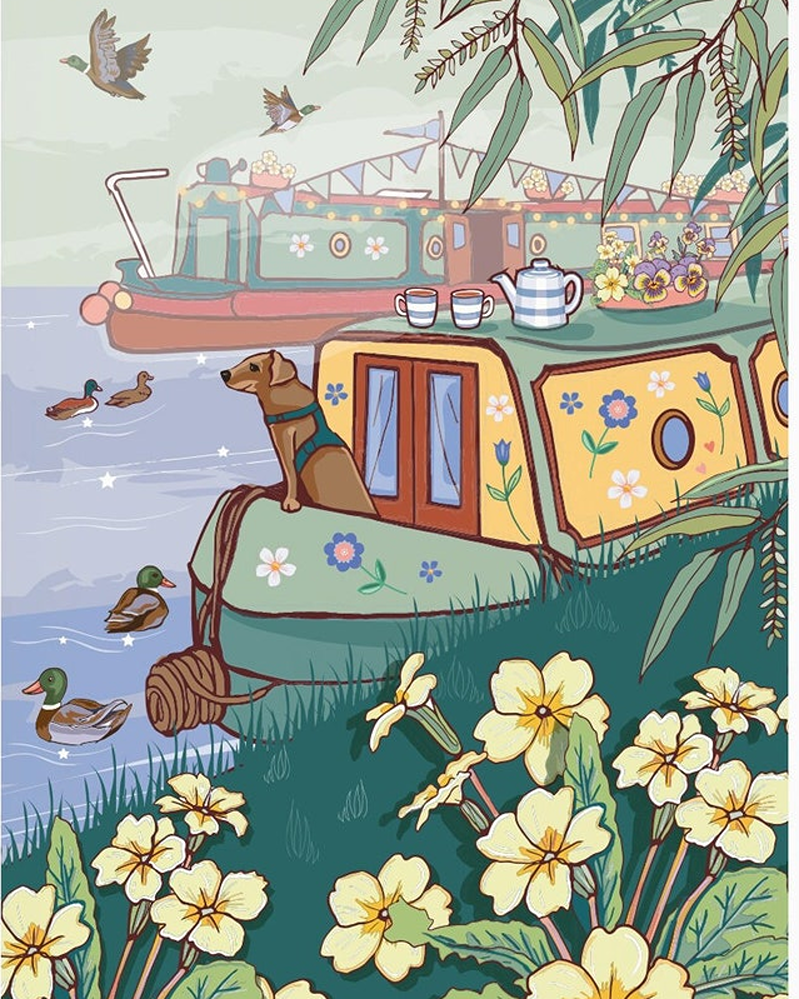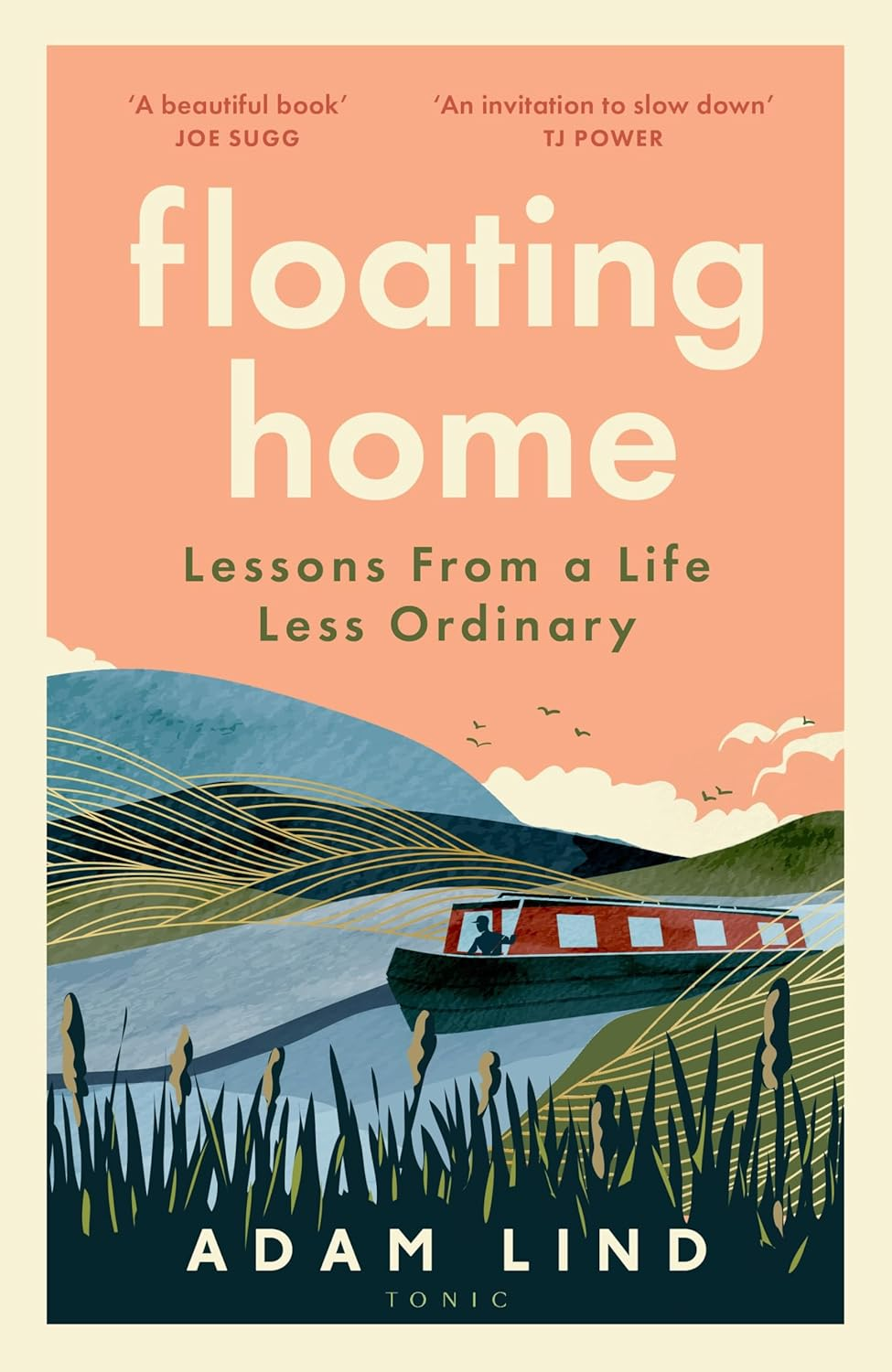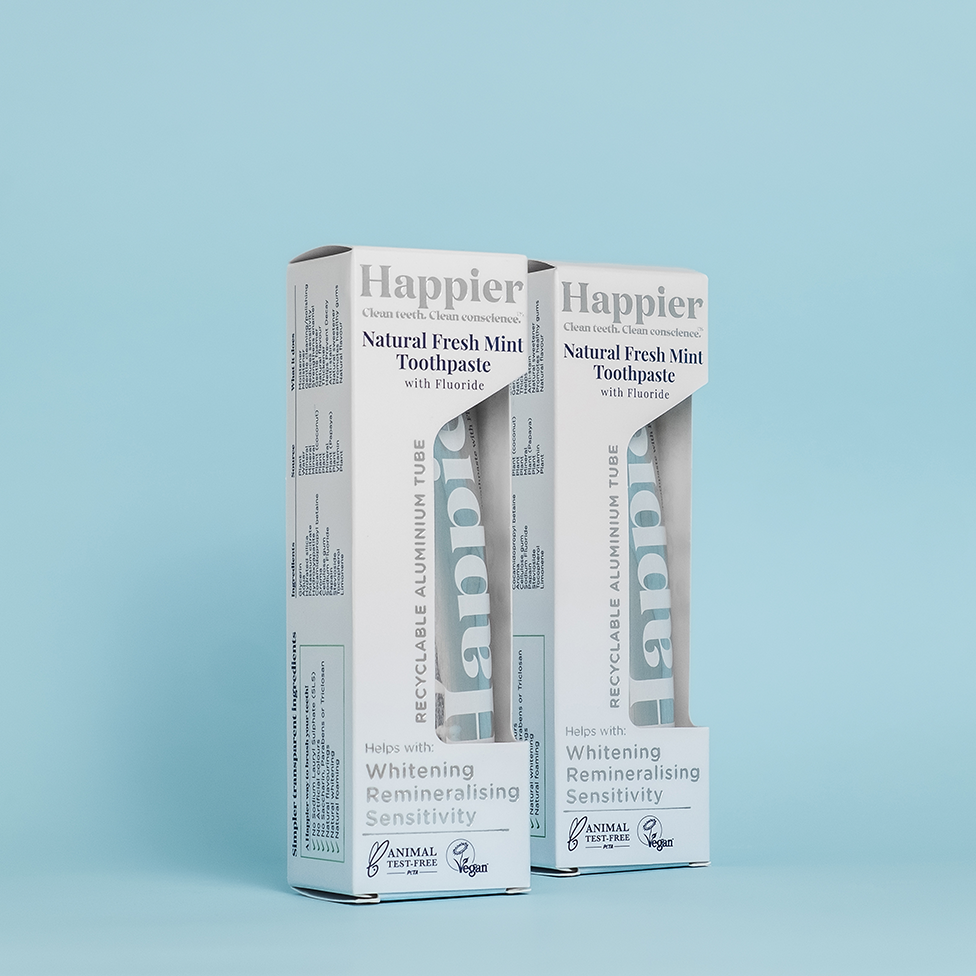Living on a Barge: A Floating Adventure

It’s not for everyone. But many people dream of living on a houseboat. And it is one affordable alternative to a huge mortgage on a static home. But it does require a bit of legwork, to learn about the rules and regulations. But if done right, you can wake up to the gentle lapping of water and sunlight glinting above you, and the views of the water and ancient stone bridges. A romantic way of life – possibly.
Houseboats are usually moored, but of course you can also travel around England, once you learn how to use a lock! Years ago, canals carries goods to and from London on the bustling Grand Union Canal. These days, canals are mostly for leisure, either for holidays or people living on barges.
See below for tips on dog safety and barges.
The Basics of Living on a Canal Barge
England has around 2000 miles of canals, and to buy a quality houseboat will set you back at least £50,000 or more (you can of course buy used ones, hopefully with ‘one careful lady owner!’ You can also rent them, but of course this makes more sense for holidays.
You then have to figure in annual mooring fees, which can be from £2,000 to £5,000 depending on location, boat length and facilities.
All boats must meet legal requirements of the Boat Safety Scheme (BSS), an inspection certificate is renewed every four years to check for gas, fuel, electrics and fire safety. Canal & River Trust is also required for use on most English waterways.
If you plan to keep moving, apply for a continuous cruising licence with the Canal & River Trust. You will need to move at least every 30 days, covering varied stretches of the system. Those who want a fixed home base might opt for a permanent mooring.
Selecting the Right Barge for Your Needs
England has many historic locks and tight moorings. Boats under 57 feet should fit any lock, if you want to roam freely. Also think about inside: do you want a bedroom, a bathroom or clever storage for bikes and supplies?
You can search online, but also visit marinas to find households for sale. Solar panels are now common on barges, to help cut fuel costs and keep energy working smoothly. Look for compact yet modern kitchens, slimline fridges and fold-out tables, to make the most of limited space.
If you plan to keep moving, apply for a continuous cruising licence with the Canal & River Trust. You will need to move at least every 30 days, covering varied stretches of the system. Those who want a fixed home base might opt for a permanent mooring, but spaces are limited and local rules apply.
Navigating Locks and Rules

Living on a houseboat depends on weather, location and mood of the canals – every day is different. Check Canal & River Trust daily for weather and water conditions, as fog, wine or frost can change travel plans.
Etiquette matters. The speed limit is 4 miles per hour on most canals, but slower to tick-over (near walking pace) near fragile canal banks, or nesting wildlife.
WiSe offers a short course you can take, to become a wildlife-friendly boater. Also read our post for sustainable sailors!
It’s also important to dispose of waste correctly, using pump-out stations for toilets, and avoid dumping anything in the water (from oil to antifreeze to litter). The Canal & River Trust operates regular waste points for refuse and recycling.
Mastering Canal Locks
Locks are a unique part of boating life, raising or lowering your barge between stretches of water. Most operate manually. The process involves:
- Approach slowly, stopping before the gates.
- Open gate paddles with a windlass, letting water in or out to balance levels.
- Push open the heavy wooden gates and guide the boat inside.
- Close the gates, fill or empty the lock, using ropes to keep the boat steady.
- Empty the chamber or raise the water, then exit when levels match.
Solo boaters need to stay alert. Good ropes, a sturdy windlass, and sometimes help from fellow boaters make the job much safer. Safety gear such as life jackets is vital, and never leave a boat loosely secured in a lock.
Key Rules for Smooth Sailing
Key rules from the Canal & River Trust include:
- Register your boat and display the licence.
- Hold valid boat insurance with minimum third-party cover.
- Avoid pollution by collecting all waste and using approved disposal points.
- Respect mooring limits, or face fines up to £1,000.
- Yield to oncoming boats at narrow bridges, sound your horn when required, and report hazards or suspected pollution via the Trust’s contact line.
Violating these rules not only risks fines but can spoil the canal for everyone.
A well-stocked emergency kit is a must. Include:
- First aid supplies
- Torches with spare batteries
- Charged mobile or a VHF radio for Canal & River Trust calls
In winter, protect your boat with from frozen pipes and water tanks (never use antifreeze anywhere near pets or wildlife, it’s lethal). Decks get slippery, so non-slip mats and boots help avoid common accidents.
Barge Safety (including dogs)
Living close to the water brings unique responsibilities. Fire is a real risk, so boats are fitted with smoke alarms, fire extinguishers, and, where gas appliances are fitted, carbon monoxide detectors. All these must meet BSS standards and be checked regularly.
If you share life with a dog, a barge can be a happy home with a few adjustments. Train your dog to move safely on board, maintain balance on moving boats, and find quiet, safe spots.
Most canals in England run close to towns and villages, making it easy to access a local vet if needed.
Tips for Travelling with Dogs
Happy dogs make happy boaters. For your pet, consider:
- A life jacket designed for dogs
- Non-slip mats inside and outside entrances
- Regular exercise along the scenic towpaths
All dogs should be microchipped (a legal requirement) and have up-to-date tags (Flexi Tags offer safe non-dangling ones). Dogs do not need a rabies vaccination for travel within the UK, but clinics near canal towns can offer quick access if needed.
Many pubs, cafes, and even some museum boats along the routes welcome four-legged friends, making it easy to find dog-friendly stops.
Floating Home: Lessons from a Life Less Ordinary

Floating Home is a book to ask if you are living with purpose and what makes you truly happy? Do you want to make a change in your life? If you do, this book likely can inspire.
After the devastating loss of his father, the author made a choice to hitchhike across 26 countries over five years, meeting fascinating people along the way, and experiencing life-changing moments, before taking to the waterways on his beloved (and temperamental) narrowboat, The Raman Rose.
In this book, Adam explores with wisdom and humour what his adventures taught him. From the importance of human connection and community, to achieving peace and the transformative power of compassion. In doing so, he gently guides readers to think outside the norm, and begin building a life on their own terms.
This book invites you to pause, pay attention and reconnect with what matters most. A gentle but grounded reflection on what it means to live well. Soulful, sincere and full of quiet truths. Joshua Fletcher
About the Author
Adam Lind is a charismatic and wise soul, who advocates with living for a purpose. Having used his own challenges to excel his personal life and career, he enjoys engaging with like-minded souls, who enjoy soaking up his passion to live a life of meaning.






